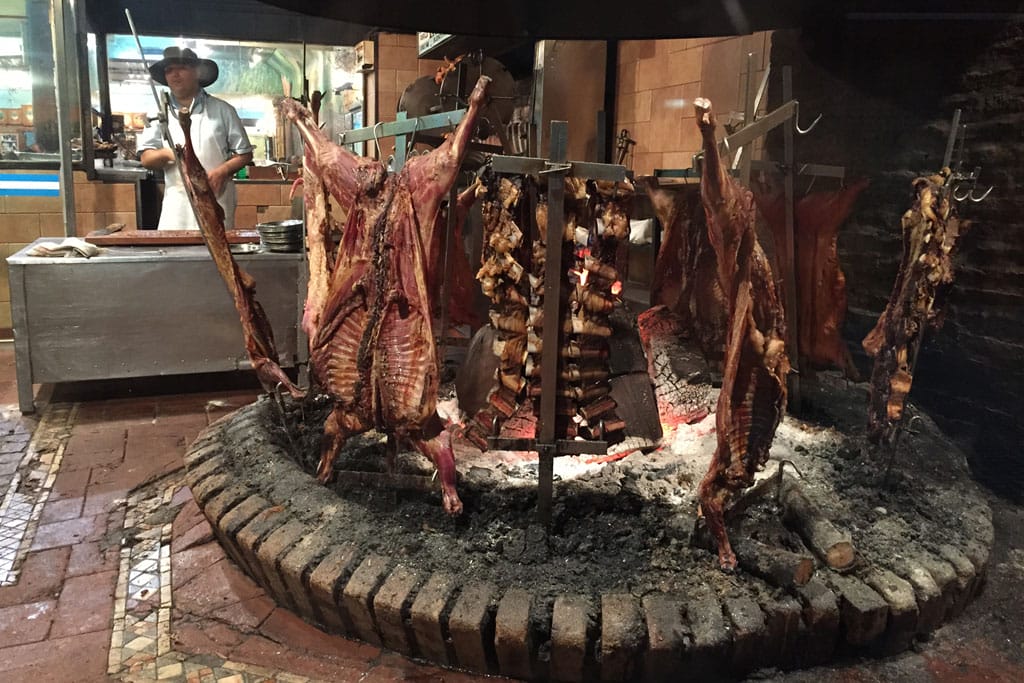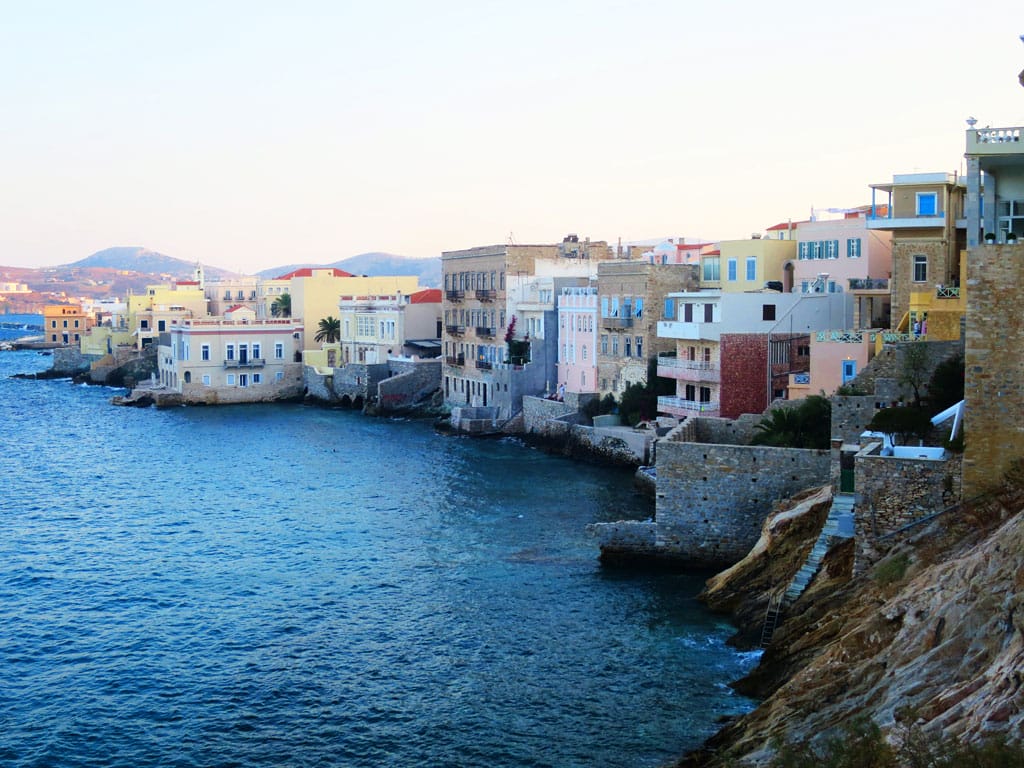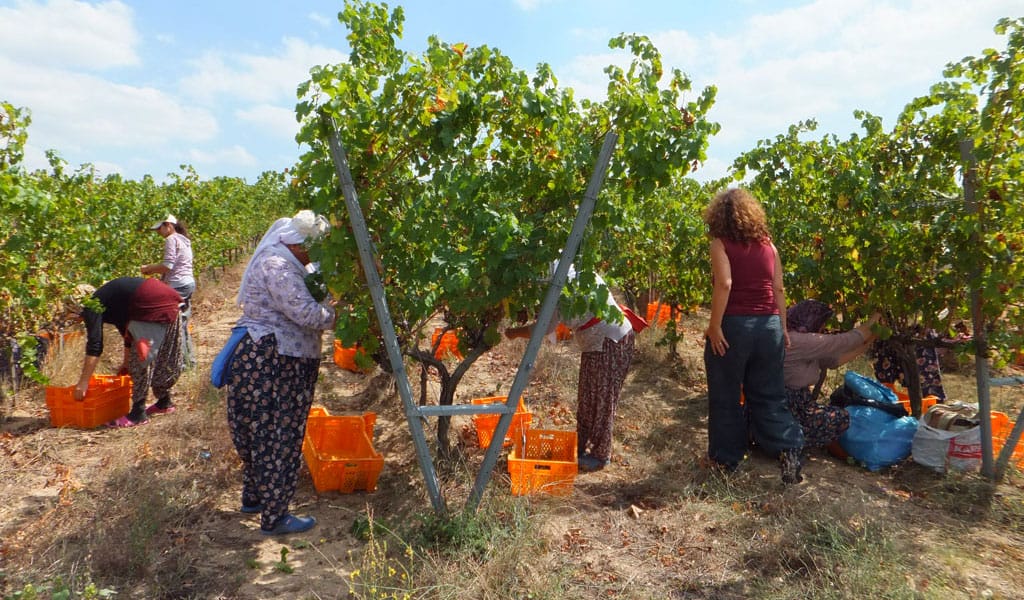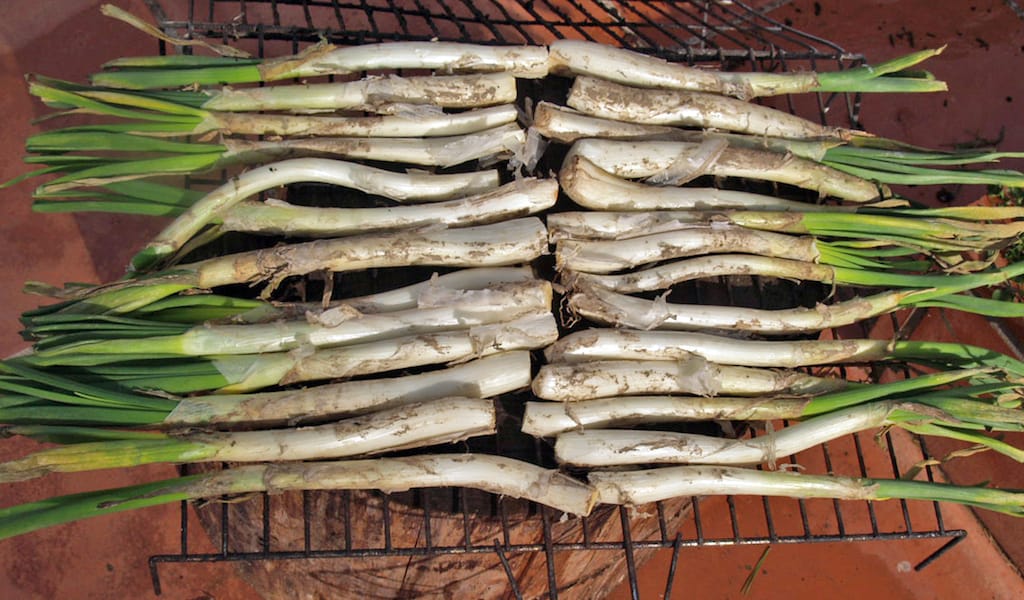In Argentina and Uruguay, asado – beef cooked over a parrilla, or open pit grill – is a fundamental part of local culture. On weekends, Sundays especially, grill smoke can be seen rising from backyards, rooftops and even small balconies, as well as, of course, from restaurant ventilators. Out of town, there are asados in chacras (small countryside farms) and in parks and picnic areas in forests.
Asado’s defining role in these countries has existed for quite some time; it was even mentioned by Charles Darwin in his journals from 1833, when he was traveling towards Buenos Aires in the company of gauchos and native people.
The myths of South American gauchos and North American cowboys are bound up together by cattle culture, its landscape and its way of life. And the cultural meaning of cooking those cuts of beef over a fire under the stars has evolved in parallel: in the 18th and 19th centuries, it signified the freedom of the open countryside, th e independent and semi-nomadic life of driving cattle across huge expanses of land; more recently it has come to the more familiar and urban setting of the barbecue or grill. Asado has gone from representing freedom and solitude to commitment, family and friends.
e independent and semi-nomadic life of driving cattle across huge expanses of land; more recently it has come to the more familiar and urban setting of the barbecue or grill. Asado has gone from representing freedom and solitude to commitment, family and friends.
But for Argentineans and Uruguayans – men, mainly, in accordance with the myth – every Sunday that they start a fire in the parrilla, at the moment that it lights and the smell of burning wood starts to mix with the aroma of roasting meat, the modern day-in, day-out work routine disappears into the smoke, and the gaucho soul awakens, called from across the pampa to sit at the family table inside an urban home in Buenos Aires or Montevideo.
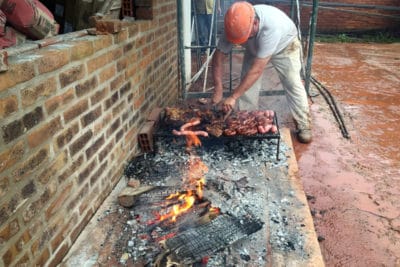 In addition to the usual places that asado takes place in Argentina and Uruguay, sometimes on a Friday, in anticipation of the weekend, the smell of cooking beef wafts across a city from construction sites. Asado de obra, or “construction work grilled beef,” prepared using the materials available on the work site, is considered by many to be the best of all. The pit is usually made from a metal sheet and some wooden beams, and the grill is placed on bricks. Sometimes the meat and the chorizos are paid for by the building owner and prepared by the foreman.
In addition to the usual places that asado takes place in Argentina and Uruguay, sometimes on a Friday, in anticipation of the weekend, the smell of cooking beef wafts across a city from construction sites. Asado de obra, or “construction work grilled beef,” prepared using the materials available on the work site, is considered by many to be the best of all. The pit is usually made from a metal sheet and some wooden beams, and the grill is placed on bricks. Sometimes the meat and the chorizos are paid for by the building owner and prepared by the foreman.
When asado is cooked at home or at a public barbecue, normally – with the rare exception – a man (not always the host) acts as the parrillero, cooking the meat while the rest of the family or friends helps prepare everything else. Once cooked, the meat is served dressed with just with a bit of salt, a bit of manioc flour if in Uruguay or Brazil or chimichurri, a sauce made of chopped garlic, parsley, chopped ají chilies, olive oil and vinegar.
Restaurants are also another great option for asado and are usually reserved for special occasions. In Southern Cone cities, it’s easy to find many different asadores and parrillas, where pieces of meat are cooked over glowing embers in front of customers who watch with expert eyes. Parrilla cuts generally include entraña (skirt steak), tira de asado (short or spare ribs) or vacío (flank steak – in Uruguay and Brazil there’s also the version known as picanha), chinchulines (tripe), chicken and chorizo. There’s also the option of ordering a generous platter with a little bit of everything, called parrillada or brasero, or picadas, a dish of different chopped grilled meats to share, perfect paired with beer for a casual meal.
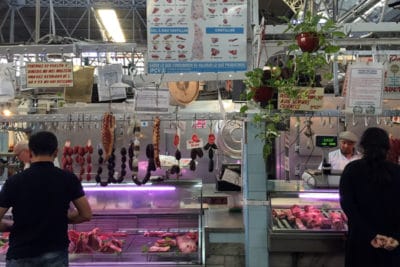 All kinds of restaurants serve asado. In Montevideo, there are small neighborhood grills and music bars with live music, celebrated restaurants with maestros parrilleros and atmospheric asadores inside El Mercado del Puerto, the old port market surrounded by bustling streets and artisans. This last spot, located in the old city, is the most touristy option but still very enjoyable and of respectable quality. Lo de Silverio is a great cheerful, rustic traditional restaurant, situated in a corner of the Parque Batlle neighborhood and especially popular among artists. A fancier, more ambitious restaurant is La Cocina de Pedro, which has white tablecloths, two floors of seating and sommeliers to recommend the best tannat (Uruguay’s domestic grape varietal) wines. At these and the excellent restaurants in Buenos Aires listed in the accompanying tab, your inner gaucho will thank you.
All kinds of restaurants serve asado. In Montevideo, there are small neighborhood grills and music bars with live music, celebrated restaurants with maestros parrilleros and atmospheric asadores inside El Mercado del Puerto, the old port market surrounded by bustling streets and artisans. This last spot, located in the old city, is the most touristy option but still very enjoyable and of respectable quality. Lo de Silverio is a great cheerful, rustic traditional restaurant, situated in a corner of the Parque Batlle neighborhood and especially popular among artists. A fancier, more ambitious restaurant is La Cocina de Pedro, which has white tablecloths, two floors of seating and sommeliers to recommend the best tannat (Uruguay’s domestic grape varietal) wines. At these and the excellent restaurants in Buenos Aires listed in the accompanying tab, your inner gaucho will thank you.
Montevideo, Uruguay:
La Cocina de Pedro
Address: Av. Gonzalo Ramirez 1483
Telephone: +598 2411 0909
Rincón de Silverio
Address: Alejo Rossell y Rius 1655
Telephone: +598 2628 4771
El Mercado del Puerto
Location: Perez Castellano, corner with Rambla 25 de Agosto de 1825
Telephone: +598 2711 6801
Buenos Aires:
El 22 Parrilla
Address: Angel Carranza 1950, Palermo
Telephone: +54 011 4778 1095
Parrilla Los Talas de Entrerriano
Address: Av. Brigadier Juan Manuel de Rosas 1391, José León Suárez
Telephone: +54 011 4729 8527
El Parrillón del Pobre Luís
Address: Arribenos 2393 y Blanco Encalada, Belgrano
Telephone: +54 011 4780 5847
 August 22, 2016 CB on the Road
August 22, 2016 CB on the Road
As one approaches the port of Ermoupolis (named after Hermes, the god of commerce), the […] Posted in Athens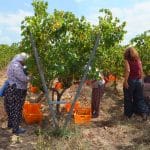 October 5, 2019 Wine Harvest Week
October 5, 2019 Wine Harvest Week
Zeynep Arca Şallıel had a successful career in advertising in Istanbul, but in 1995 she […] Posted in Istanbul March 8, 2019 Spring (Onions) Are in the Air
March 8, 2019 Spring (Onions) Are in the Air
The trick to cooking calçots, a special Catalan spring onion, is simple: a good charcoal […] Posted in Barcelona
Published on August 17, 2016
Related stories
August 22, 2016
AthensAs one approaches the port of Ermoupolis (named after Hermes, the god of commerce), the main town of the island of Syros and capital of the Cyclades, one cannot help but marvel at its beauty and grandeur. Imposing public buildings and private mansions, marble-paved streets, a large Italian-style piazza and numerous churches make the city…
October 5, 2019
IstanbulZeynep Arca Şallıel had a successful career in advertising in Istanbul, but in 1995 she decided to take on a daunting new challenge: taking part in the revival of small-scale viniculture in the ancient winemaking region of Thrace.“I wanted to do something with soil, something that mattered a little bit more,” she says. Her father…
Spend a day with us in Sants, feasting off the grid!
March 8, 2019
BarcelonaThe trick to cooking calçots, a special Catalan spring onion, is simple: a good charcoal grill. The heat from the glowing embers is crucial to creating the perfectly scorched exterior (the black outer skin is then peeled away, leaving the tender and juicy inner bulb). Fire and smoke – along with exceptionally fresh green onions…







































